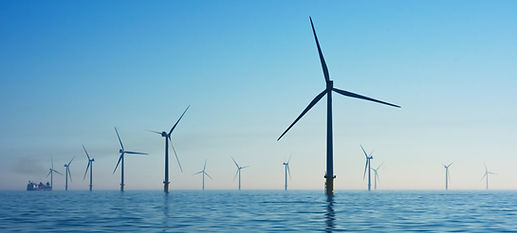HOOKY IN HARMONY WITH NATURE
Renewable Energy

The only rational approach is to step lightly upon the Earth and use our energy resources carefully and sparingly while carefully recording ecological changes linked to the operation of the various generating methods.
Peter Henderson, Pisces Conservation Ltd & University of Oxford
With the possibilty of more renewable energy sites being considered in our vicinity, we have been researching information on positive and negative effects on wildlife of both solar farms and wind turbines.
Is renewable energy bad for wildlife?
For the past 20 years or so, renewable energy has been seen as one of the main answers to producing clean energy. However, since 2011, many conservationists, ecologists, wildlife and environmental groups have expressed concern over the effects of these so called "green" ways of producing energy. Much research has and is being done by renowned institutions such as Oxford University and The University of Berlin, highlighting the ways in which some renewable energy production is causing harm to wildlife and biodiversity.

The UK Government's Energy White Paper, "Powering Our Net Zero Future" published in December 2020, highlights the Prime Minister's 10 point plan, including setting out the ways the UK will generate new clean power. Offshore winds farms, nuclear plants and investment in hydrogen technologies are the Government's focus to provide Green Energy for the UK. The White Paper also lays out the way in which the Government will protect our natural environment: "We will safeguard our cherished landscapes, restore habitats for wildlife in order to combat bioidiversity loss and adapt to climate change, all whilst creating green jobs."